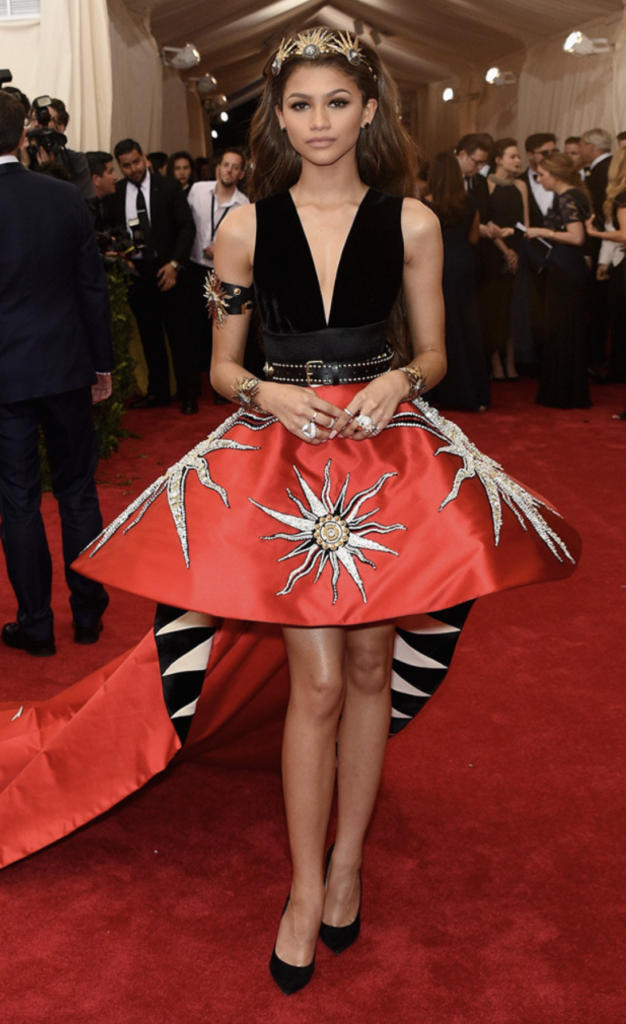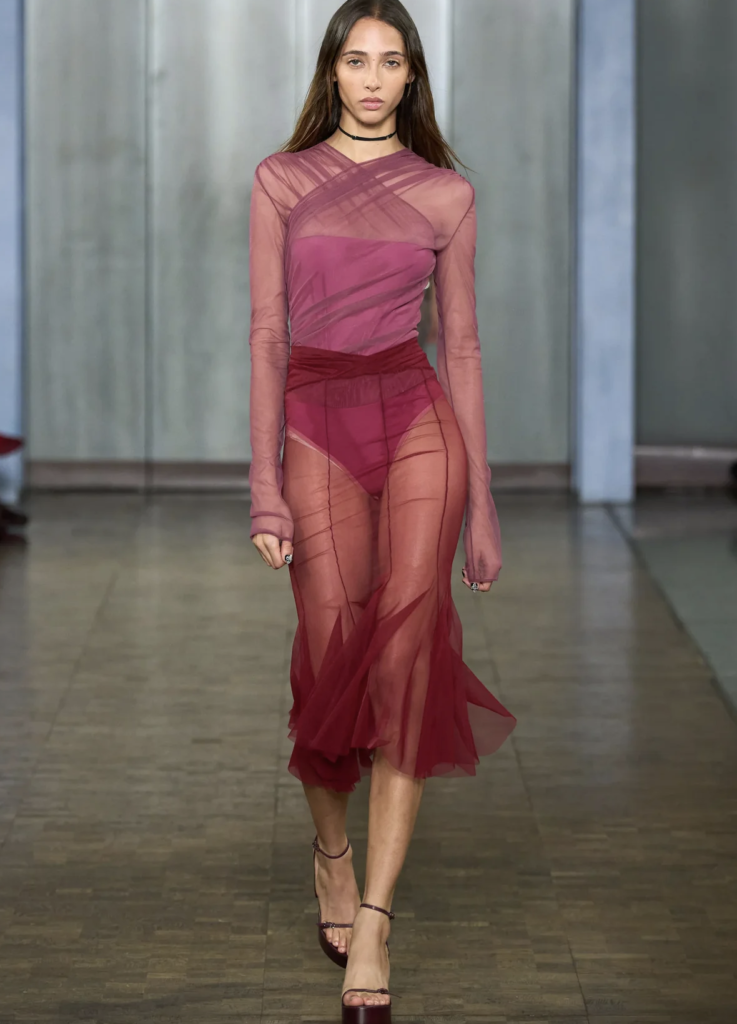Let’s just say it—fashion might be falling asleep at the wheel.
In a world spinning faster than ever, with algorithms curating our taste and luxury houses chasing virality, the once-sharp edge of fashion feels, dare we say, duller than a mass-produced capsule collection. When did risk get replaced by relevance? When did couture start craving clout?
This isn’t to say that artistry is dead. But the pulse has certainly changed. And for those of us who live for the thrill of fashion—the rebellious cuts, the raw narratives, the jaw-dropping silhouettes that stop us mid-scroll—something feels… off.
The Beige-ing of Bold

Minimalism had its moment, and yes, we bow to the power of a well-structured The Row trouser. But let’s be real: how many sand-toned, oversized blazers can one industry push before it becomes a uniform of apathy?
Take the Fall 2024 collections from heritage houses like Bottega Veneta and Max Mara—elegant? Of course. But disruptive? Risky? Groundbreaking? Not quite. There’s a difference between refined and forgettable. And right now, much of fashion feels like it’s blending into the soft blur of “quiet luxury” without anything to say.
Fashion used to bite. Now it sips an oat milk flat white and calls it a statement.
Social Media: Democratizer or Destroyer?
t’s a blessing and a curse. Instagram opened the gates, but it also started the race to aesthetic sameness. TikTok made everyone a stylist, but it also flattened the arc of originality. Entire collections now feel designed for 15-second reels and “get ready with me” content.
Case in point: Diesel’s SS25 show. It had the spectacle (open-air rave, glitchy livestream), but critics were quick to note the clothes themselves took a backseat to the chaos. The question now isn’t “what does it say?” but “will it trend?”
We’re not anti-technology. We’re anti-emptiness.
When even once-disruptive brands like Balenciaga lean more on gimmicks than genius (hello, The Simpsons collab), you start to wonder: is shock still a tool of subversion, or just clickbait with a logo?
Where’s the Subversion?

We miss the freaks. The fashion weirdos. The designers who didn’t ask permission—McQueen slicing models into myth, Galliano turning the runway into theatre, Kawakubo rejecting beauty with beautiful precision.
Even the MET Gala—fashion’s supposed Super Bowl—has turned into a parade of risk-aversion and personal branding. Where once we had Zendaya in head-to-toe sculptural Fausto Puglisi or Billy Porter as a golden-winged god, we now get safe gowns by the numbers. (Looking at you, endless sheer corset dresses.)
In trying to appeal to everyone, fashion risks saying nothing.
But There’s Hope.

Because the underground is alive and well.
We see it in Robert Wun’s SS24 couture collection, which told a horror story through garments—bloody red satins, scorched hems, eerie silhouettes. Or in Ottolinger’s deconstructed elegance, where every look feels like it crawled out of a beautifully reckless fever dream.
It’s in the rise of designers who dare to design for the body, not the brand deal. Elena Velez, for example, isn’t afraid to make you uncomfortable. And that’s the point. Because true edge doesn’t just look good—it leaves a mark.
We’re also watching the rise of tactile rebellion: craftsmanship over clout. Brands like Kiko Kostadinov and LVMH Prize winner Nensi Dojaka are proof that technique can still seduce, and tailoring can still whisper secrets if you’re close enough to listen.
Final Thought
So—is fashion losing its edge? If you’re only watching the top of the food chain, maybe. But fashion has never belonged solely to the polished elite. It’s always been strongest at the margins, where risk still reigns and rules are rewritten in real time.
The edge is still there. And at SAVOIR, we’ll always know where to look.
SIDE BAR:
Edge Watch: Designers Bringing the Drama Back
The antidote to aesthetic fatigue? These visionaries.
- Harris Reed — Fluid, flamboyant, and fearlessly theatrical. Think Elizabethan drama meets modern-day gender disruption. Reed is proof that fashion can still be poetry in motion.
- Chet Lo — Spiky knits. Neon hues. A touch of kink. Lo’s work is unapologetically tactile and unmistakably his own. He’s not just pushing boundaries—he’s poking them.
- Feben — A rising London designer channeling spirituality, texture, and storytelling into wearable power. Her silhouettes whisper rebellion with grace.
- Sinead O’Dwyer — Championing bodies the industry has long ignored, her sculptural, size-inclusive pieces are both radical and radiant.
- Charles de Vilmorin — Think: fashion fever dream. De Vilmorin brings color, chaos, and a painter’s hand to couture, making every look feel like a hallucination you want to wear.